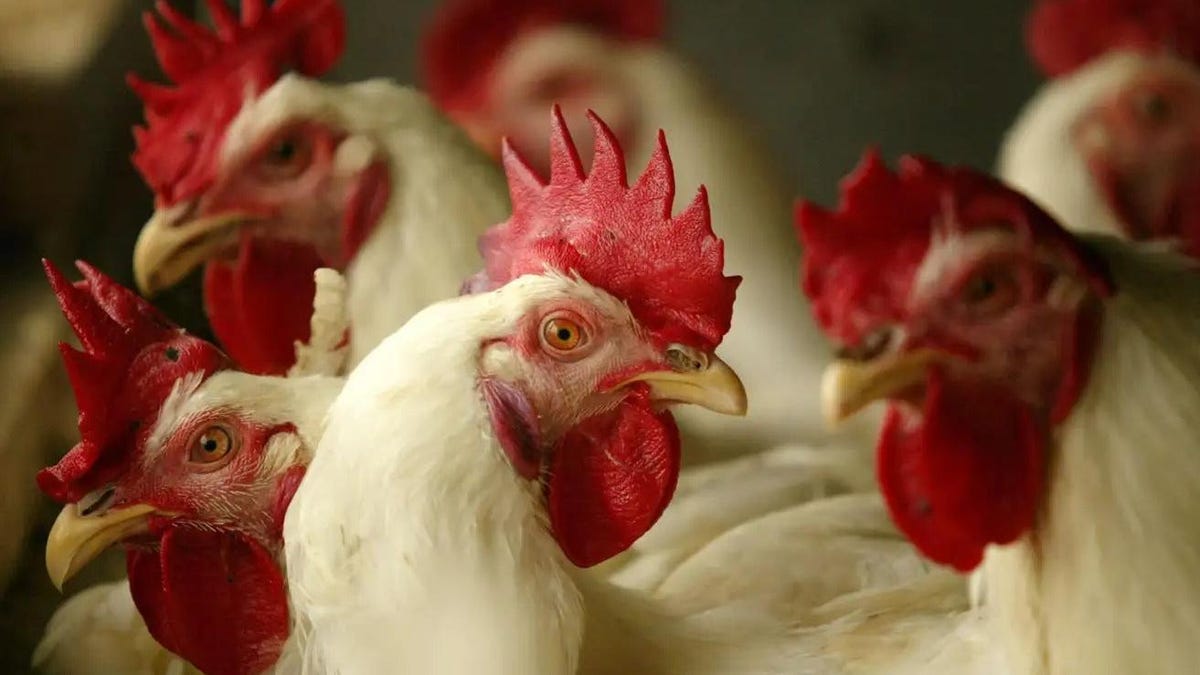
A particular type of bird flu has now killed its first human. On Wednesday, Mexican health officials and the World Health Organization announced a confirmed case of H5N2 avian influenza in a 59-year-old man, who subsequently died from complications of the infection. The incident is the first lab-confirmed case and death tied to H5N2, but WHO officials say that the risk to the general public from this virus is low.
According to the WHO, the man first developed symptoms of the infection on April 17, which included fever, shortness of breath, diarrhea, nausea, and general discomfort. On April 24, after seeking medical attention, the man was hospitalized at the National Institute of Respiratory Diseases in Mexico City, but he succumbed to his illness and died that same day.
Advertisement
Doctors detected an unknown subtype of influenza A virus within the man’s respiratory samples, which prompted genetic sequencing. The early results suggested that this virus was a strain of H5N2, which was subsequently confirmed by further testing. On May 24, local health officials notified the WHO of their discovery.
The case doesn’t appear to be connected to the ongoing outbreaks of bird flu in U.S. dairy cattle, which are caused by strains of H5N1 avian influenza. But there have been recent outbreaks of both low and high pathogenic H5N2 bird flu strains among poultry farms in Mexico (pathogenic referring to its ability to cause illness and death in birds). At least three such outbreaks of H5N2 occurred near or in the state of Mexico, where the man resided, in March 2024. At this point, however, it’s not known whether this case is connected to any of these clusters, since the man had no reported history of exposure to poultry or other animals. This is the first confirmed human case and death ever linked to H5N2.
Advertisement
Bird flu is worrying for several reasons. For one, humans already have low immunity to these strains relative to the seasonal flu strains that circulate every year. Given enough bad luck, the fear is that some strains will develop the right assortment of mutations that would allow the virus to spread easily between humans and cause substantial amounts of severe illness at the same time—the beginnings of a potential pandemic.
As of yet, neither avian H5N1 nor H5N2 appear certain to make this jump to people. Health officials identified and monitored 17 recent contacts of the 59-year-old man, including people at the hospital where he died. While some people did experience symptoms of a potential respiratory illness, none of the contacts have tested positive for an acute infection of H5N2, though antibody tests that can detect a past infection are still pending. It’s also possible that the man’s preexisting health may have played a role in the severity of his illness, since the man had several underlying conditions and had been bedridden for three weeks prior to his symptoms, according to interviews with his relatives.
Advertisement
For now, the WHO’s assessment of the threat posed by H5N2 and other bird flu strains remains the same: a serious concern that has to be monitored closely and contained as much as possible, but not an imminent danger.
“Available epidemiological and virological evidence suggests that A(H5) viruses from previous events have not acquired the ability to sustain transmission between humans, thus the current likelihood of sustained human-to-human spread is low,” the WHO wrote in its report of the H5N2 case.
Services Marketplace – Listings, Bookings & Reviews